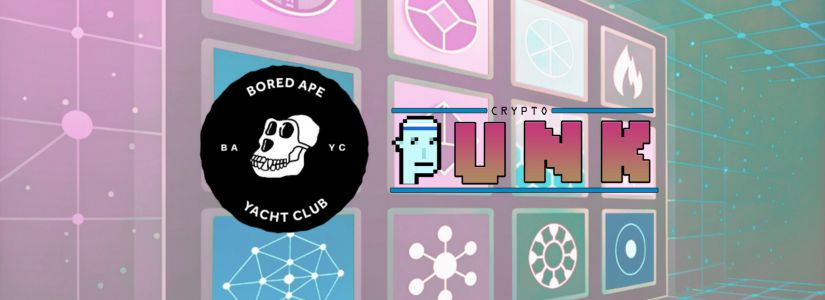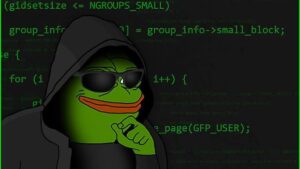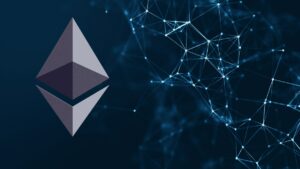OpenSea stands as the primary gateway to the expansive world of NFTs. This leading digital marketplace empowers users to discover, trade, and own unique digital items across countless categories. By seamlessly connecting creators with a global audience, it fosters a vibrant ecosystem built on blockchain technology, enabling new forms of digital ownership and expression without intermediaries.
What is OpenSea?

The Premier NFT Marketplace
OpenSea is the biggest and most well-known P2P marketplace for NFTs in the world. It operates as a decentralized online marketplace, allowing users to easily buy, sell, and explore a wide range of unique digital assets. Since its launch in 2017, OpenSea quickly rose to be the leading platform in the growing NFT space, serving as a key center for creators, collectors, and fans around the world.
A Universe of Digital Assets
The platform has a very varied catalog that covers many categories. Users can discover and exchange digital art, collectibles, exclusive music, access tokens, virtual properties, domain names, in-game items, and much more. Essentially, any unique digital item represented as an NFT can potentially find a home on OpenSea. This immense variety underpins its position as the go-to destination for NFT exploration and acquisition.
Discovery and Exploration Hub
Beyond simple transactions, OpenSea serves as a powerful discovery engine for the NFT world. Users can effortlessly browse extensive collections, follow trending artists and projects, explore items based on specific traits or rarity, and track the activity and holdings of other wallets.
This functionality makes it invaluable for both seasoned collectors seeking rare gems and newcomers curious about the vast landscape of digital ownership possibilities.
Community and Creator Platform
OpenSea fundamentally connects creators directly with their audience. Artists, musicians, game developers, and brands utilize the platform to mint and showcase their digital creations, reaching a massive global collector base. Collectors, in turn, engage with these creators, build their portfolios, and participate in a vibrant community centered around digital ownership and expression, solidifying OpenSea’s role as the foundational marketplace for the NFT space.
How Does OpenSea Work?

OpenSea functions as a decentralized marketplace infrastructure built upon blockchain technology, primarily leveraging the Ethereum network while supporting multiple other blockchains like Polygon, Solana, and Klaytn. Its operation hinges on connecting users’ cryptocurrency wallets, such as MetaMask or Coinbase Wallet, which serve as both identity verification and transaction gateways.
This direct wallet connection eliminates traditional account setups, placing users in immediate control of their digital assets. Transactions occur peer-to-peer, facilitated by smart contracts, ensuring trustless interactions between buyers and sellers without a central intermediary holding funds.
Getting Started & Wallet Connection
Initiating activity on OpenSea requires linking a compatible Web3 wallet. This integration grants the platform permission to view wallet contents and propose transactions, but crucially, the assets remain securely within the user’s wallet until a transaction is explicitly approved and signed.
Users browse listings directly through the OpenSea interface, interacting with the underlying blockchain only when they decide to make a purchase, place an item for sale, or create an NFT. This design prioritizes user custody and security throughout the browsing and discovery process.
How to Create an NFT on OpenSea
Creating an NFT, or “minting,” is streamlined through OpenSea’s collection manager. Users upload their digital files and define key attributes like name, description, and properties. Crucially, OpenSea pioneered “lazy minting,” allowing creators to list NFTs without initially paying blockchain gas fees.
The gas fee is deferred and only paid by the creator when the item is first sold or transferred, significantly lowering the barrier to entry. During creation, creators also set enforceable royalty percentages, ensuring automatic compensation for future secondary sales directly programmed into the NFT’s smart contract.
Buying & Selling Mechanics
Sellers can list their NFTs at a set price or in timed auctions. To list, they must sign a transaction that allows OpenSea’s smart contract to handle the transfer when sold, while still keeping custody. Buyers have the option to buy fixed-price items right away or to bid on auction items.
Upon a successful sale, the smart contract automatically transfers the NFT to the buyer’s wallet and the cryptocurrency payment to the seller’s wallet. OpenSea aggregates listings, allowing users to view offers, ownership history, and trait-specific pricing across its vast inventory.
Blockchain & Fee Structure
Even though transactions happen directly between users, OpenSea takes a service fee from successful transactions, which is paid by the seller. Additionally, blockchain network gas fees apply for on-chain actions like minting, accepting offers, or finalizing transfers, fluctuating based on network congestion.
OpenSea’s support for multiple blockchains, particularly Layer 2 solutions like Polygon, offers users alternatives to Ethereum’s mainnet, providing options for significantly lower gas fees and faster transaction times, depending on the chosen network for the NFT.
What are the Most Successful NFT Collections on OpenSea

-
Blue-Chip Pioneers: BAYC & CryptoPunks
Dominating OpenSea‘s historical sales volume and cultural impact are true blue-chip collections. The Bored Ape Yacht Club (BAYC), featuring unique algorithmically generated apes, became a status symbol offering exclusive club benefits and spawning related collections (MAYC, BAKC).
CryptoPunks, one of the earliest NFT projects on Ethereum, holds immense value as pioneering digital artifacts, with rare attributes commanding astronomical prices and establishing the profile picture (PFP) standard.
-
Leading Contemporary PFP Projects
Following the pioneers, several PFP collections achieved significant success. Azuki gained rapid popularity for its distinctive anime-inspired aesthetic and roadmap promises.
CloneX, a collaboration between RTFKT and Nike, offers highly detailed 3D avatars with significant utility in the digital fashion and metaverse space. Doodles, known for its vibrant, playful art and strong community focus, also ranks among OpenSea’s top performers by volume and floor price.
-
Innovative Art & Generative Projects
Beyond PFPs, groundbreaking generative art projects found massive success. Art Blocks Curated was the first to offer on-demand generative art minting directly on the blockchain, with collections such as Fidenza and Ringers reaching iconic status and high values.
Murakami.Flowers, blending digital art from renowned artist Takashi Murakami with blockchain technology, represents high-profile artist adoption, demonstrating OpenSea’s appeal for prestigious creators.
-
High-Volume Metaverse & Community Hubs
Collections tied to virtual worlds or strong community utility also thrive. Projects like The Sandbox LAND, representing parcels of virtual real estate within a popular metaverse game, consistently generate substantial trading volume. Similarly, collections like Pudgy Penguins overcame early challenges to build a vibrant ecosystem, leveraging their IP for physical products and maintaining a strong presence among OpenSea’s most actively traded assets.
Conclusion
OpenSea has fundamentally reshaped digital ownership, evolving beyond a marketplace into a cultural phenomenon. By empowering creators and fostering vibrant communities, it serves as the cornerstone of the NFT ecosystem. As the digital frontier expands, OpenSea continues to redefine how value, art, and identity are established and exchanged in the ongoing digital renaissance.










